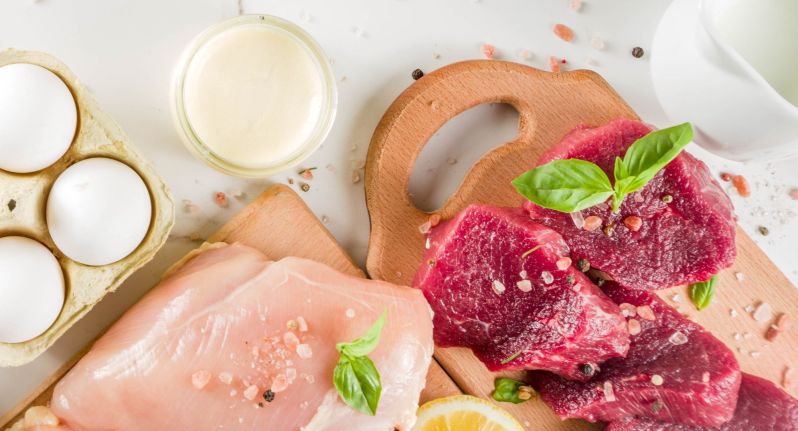
Regarding macronutrients, protein steals the show in the fitness industry — especially when it comes to improving body composition and packing on lean muscle mass. It’s been a common “fact” in the fitness industry that our bodies can only absorb 20 grams of protein in one meal, but a newly published study is debunking this fitness myth. The findings of this study are powerful, suggesting that consuming more than 20 grams of protein in one sitting is not wasteful. Below, we’ll explore what you need to know about the findings of this interesting study and debunk this protein absorption myth.

How much protein can the body absorb?
The newest scientific piece published in Cell Reports Medicine questioned how much protein the body can absorb, finding that there is no upper limit on how much protein our bodies can effectively use. To test this hypothesis, researchers split participants into three groups: one that consumed 25 grams of protein, one that consumed 100 grams of protein, and a placebo group. Each group performed the same resistance training session, and researchers then measured how their bodies responded over the next 12 hours.
The findings of this research, surprisingly enough, debunked the common “20 grams of protein per meal” fitness myth. Instead, researchers found that there was no saturation response of the muscles. Additionally, this research study found that even though more time is needed to digest larger amounts of protein consumed, the body can still effectively use additional protein grams over 20 grams per meal. No more worrying about “wasting” protein!

What this means for gym-goers
The findings of this new research ultimately impact athletes and gym-goers of all fitness levels who are trying to improve their body composition. Ultimately, this means you don’t need to worry about “wasted protein grams” per meal. Instead, it’s best to aim for an overall daily protein goal, breaking it up between meals however you see fit. Rather than splitting your consumption into 20 grams, one meal can contain more protein than others without impacting your progress or inhibiting your
If your goal is to build muscle mass, the American College of Sports Medicine experts recommend aiming for about 0.5 to 0.8 grams of protein per pound of body weight. Of course, the quality of the protein you consume also matters to support your success. Lower-quality protein powders sold on the fitness market may lack the necessary amino acids to help trigger muscle protein synthesis. Instead, opt for a protein that contains all nine essential amino acids for the best success with your muscle-building goals. In addition to protein powders, getting protein from high-quality whole food sources, such as lean chicken, can also offer additional vitamins and nutrients to help support your overall health and wellness.
Editors' Recommendations
- Black tea vs. green tea: Which offers more benefits?
- The Whole30 diet: Everything you need to know
- These are the healthiest vegetables you need to start eating now
- Improve your skin and eyes with these delicious foods high in vitamin A
- 5 fantastic mood boosting foods to incorporate into your diet




